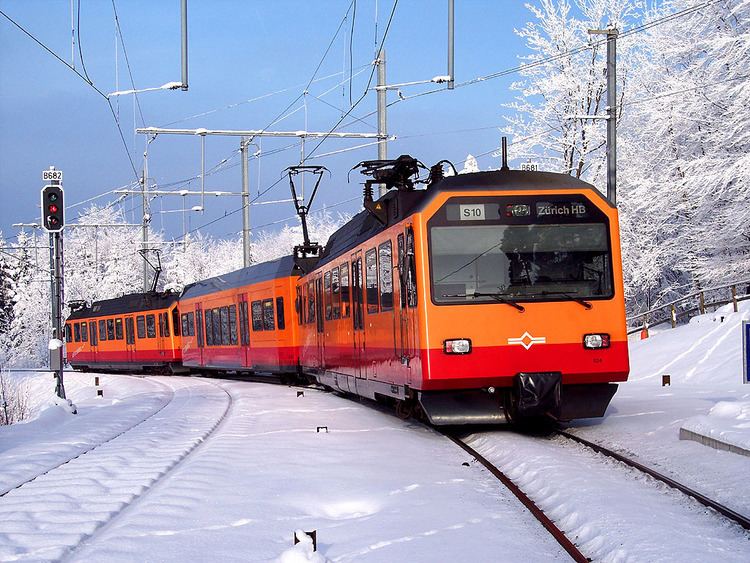 | ||
A radial route is a public transport route linking a central point in a city or town, usually in the central business district (CBD), with a suburb (or satellite) of that city or town. Such a route can be operated by various forms of public transport, including commuter rail, rapid transit, trams (streetcars), trolleybuses, or motor buses.
Typically, a pair of radial routes will be combined, solely for operational reasons, into a single cross-city route, between one suburb and another suburb. A cross-city route of that type is sometimes called a through route. A public transport operator may combine radial routes into a through route because terminating a route in a city or town centre has certain disadvantages:
On the other hand, there are certain advantages in terminating a route in a city or town centre:
In most cases, the advantages of operating routes across a city or town centre outweigh the disadvantages, but each case must be assessed on its own merits.
